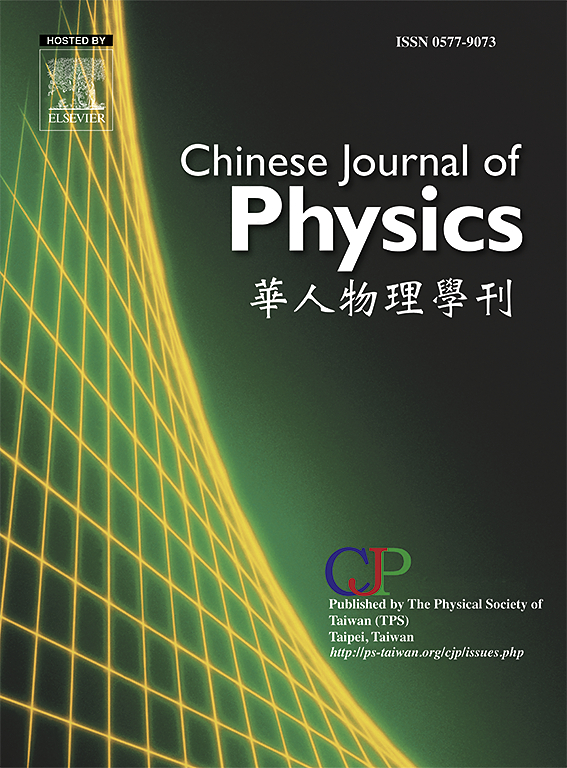Influence of plasma-chemical processes on the parameters of an atmospheric pressure Helium microdischarge
IF 4.6
2区 物理与天体物理
Q1 PHYSICS, MULTIDISCIPLINARY
引用次数: 0
Abstract
This study investigates the influence of plasma-chemical processes on the parameters of an atmospheric pressure (AP) Helium microdischarge. Using a one-dimensional fluid model with both Maxwellian and non-Maxwellian electron energy distribution function (EEDF), we analyze the spatial profile of plasma parameters in a microdischarge with a gap. There are significant differences in the recorded rate coefficients for dissociative recombination (DR) and three-body recombination (TR), which are essential for determining the densities of excited atoms and molecules in the high-pressure plasma, where the balance of charged particles is determined by volume recombination. A careful examination of the relevant literature reveals these contradictions. In order to adequately represent the main channels of creation and destruction of excited and charged particles, it is necessary to take into account the atomic states of Helium up to the quantum level . The full set of plasma-chemical reactions includes elastic electron collisions, excitation and de-excitation by electrons and atoms, direct and stepwise ionization, associative ionization, molecular excimer creation and destruction, ion conversion, recombination, and radiation. The results reveal that the selected rate coefficients and EEDF form significantly influence the simulation outcomes. This highlights the need to develop improved theoretical models to enhance the control and use of plasma technologies.

求助全文
约1分钟内获得全文
求助全文
来源期刊

Chinese Journal of Physics
物理-物理:综合
CiteScore
8.50
自引率
10.00%
发文量
361
审稿时长
44 days
期刊介绍:
The Chinese Journal of Physics publishes important advances in various branches in physics, including statistical and biophysical physics, condensed matter physics, atomic/molecular physics, optics, particle physics and nuclear physics.
The editors welcome manuscripts on:
-General Physics: Statistical and Quantum Mechanics, etc.-
Gravitation and Astrophysics-
Elementary Particles and Fields-
Nuclear Physics-
Atomic, Molecular, and Optical Physics-
Quantum Information and Quantum Computation-
Fluid Dynamics, Nonlinear Dynamics, Chaos, and Complex Networks-
Plasma and Beam Physics-
Condensed Matter: Structure, etc.-
Condensed Matter: Electronic Properties, etc.-
Polymer, Soft Matter, Biological, and Interdisciplinary Physics.
CJP publishes regular research papers, feature articles and review papers.
 求助内容:
求助内容: 应助结果提醒方式:
应助结果提醒方式:


